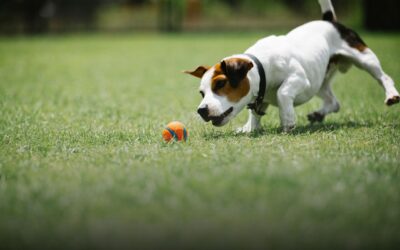The thickness of Dallas TX artificial grass can have a significant impact on the look and feel of your lawn. A thicker piece will generally result in increased durability, more realistic results, and added cushioning for people walking or playing on it. However, if you are looking to cover up an existing natural turf surface with artificial grass as quickly as possible (without a lot of heavy equipment), an artificial turf installation that is too thick may be impractical.
The best way to choose the right thickness for your needs is by considering what you plan on using your backyard or outdoor area for: if it’s mostly going to be used as a play space, then thicker grass will likely suit you better than if you’ll only be using it for walks and relaxation.

Different Thicknesses of Dallas TX Artificial Grass
As for the different types of synthetic grass, you can choose between three main thicknesses: thin (<30 mm), medium (31-60mm) and thick (>61mm). Thicker fibres are more durable, but also tend to be less soft. For this reason they’re often used in sports fields where players will spend more time running on them.
Thicker synthetic grass is also more expensive, and for that reason it may be a better choice if you want the look of thicker artificial lawns in your backyard or outdoor area but can’t afford to invest too much money into it at once.
Benefits of thin artificial turf vs. thick artificial turf
Thin artificial grass is best used in areas where the lawn will be seen by people walking on it or when dog urine and feces are likely to fall through. It can also be a good option for homes with pools, as this thin turf won’t interfere with water draining away from the pool area.
The thicker style of Dallas TX artificial turf requires more installation costs and labor, but it can be a good option for homes with children or dogs. The thicker style also provides more safety against falls from people walking on the grass.
One of the most important factors when considering artificial turf thickness is how much weight will actually fall upon it over time. For example, if you are installing synthetic lawn in a park, you may want to consider a thicker style of artificial turf in order to avoid damage from frequent falls.
In addition, the more weight placed on an area over time, the more likely that synthetic lawns will begin to show signs of wear and tear such as fading or tearing around seams. You don’t want this type of visible damage, so it’s vital to choose a thickness based on the amount of traffic that will be placed upon your lawn.
For professional input on what you need for your project, contact local experts on artificial grass installation in Dallas, TX.







